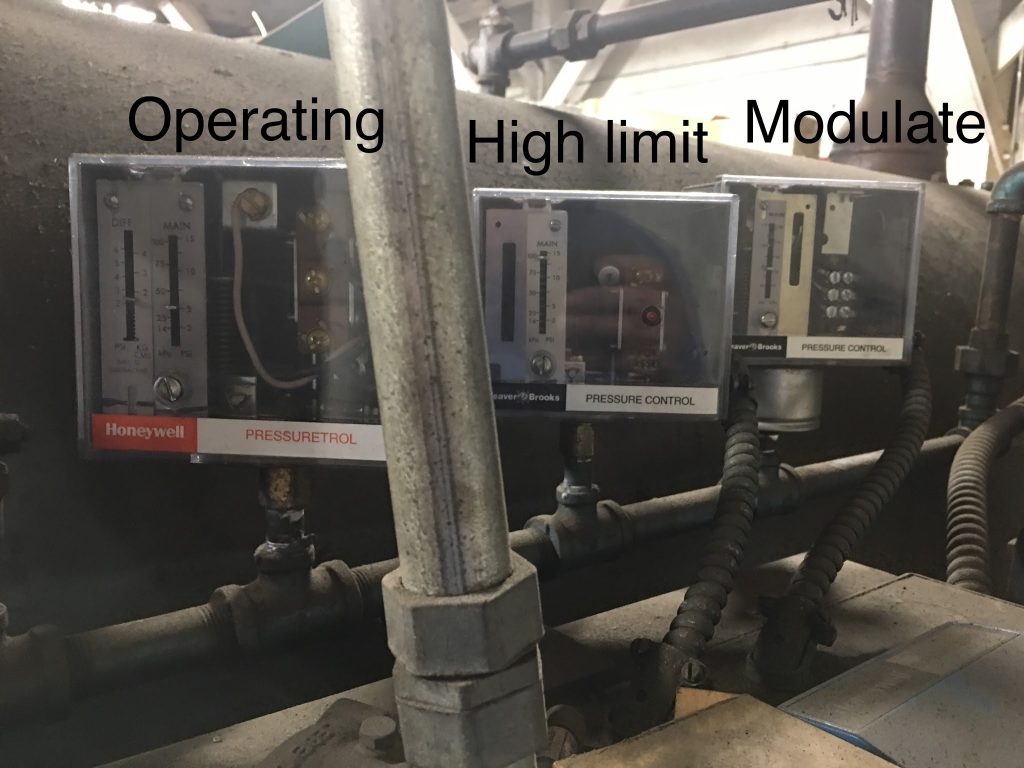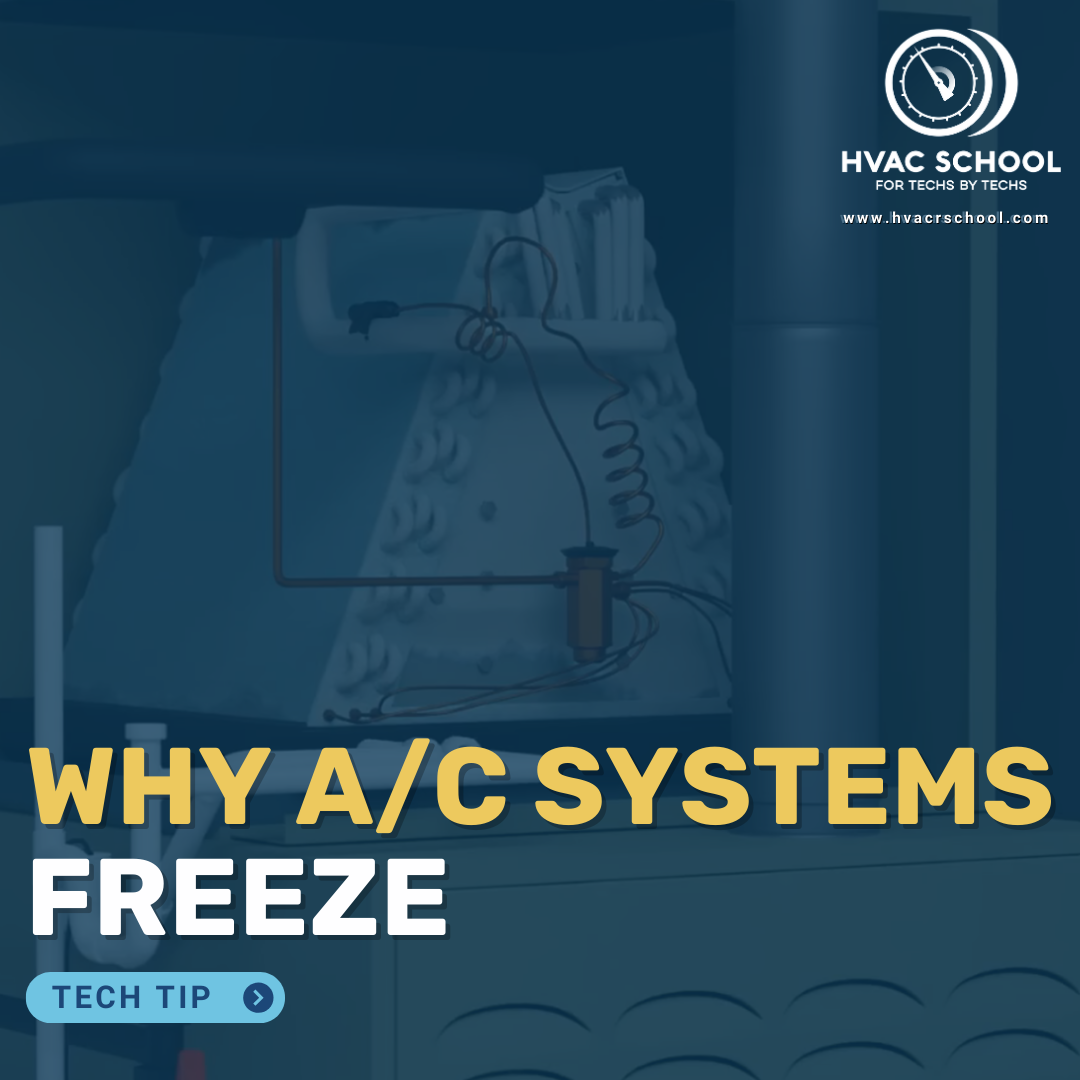Get Tech Tips
Subscribe to free tech tips.
Condensate Pump Drains

One of my techs (Jim Walch) brought another common “double trap”-style issue to my attention: techs and installers running a drain too far into a condensate pump.
When you run the system drain too deep into the pump reservoir, the water level can rise high enough to cover the drain end. That can create the same type of “airlock” you get with a double trap.
When draining into a condensate pump only, extend the drain tube 1″ or so into the pump's reservoir to prevent the water from rising and covering the end. Also, make sure to wire up the overflow switch on the pump in series with your system condensate switch. That way, it will shut the system off whether the pump itself fails or the system drain pan has a blockage.
Simple stuff, but it can prevent thousands of dollars in damage.
—Bryan










Comments
To leave a comment, you need to log in.
Log In